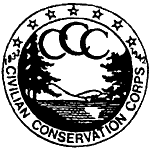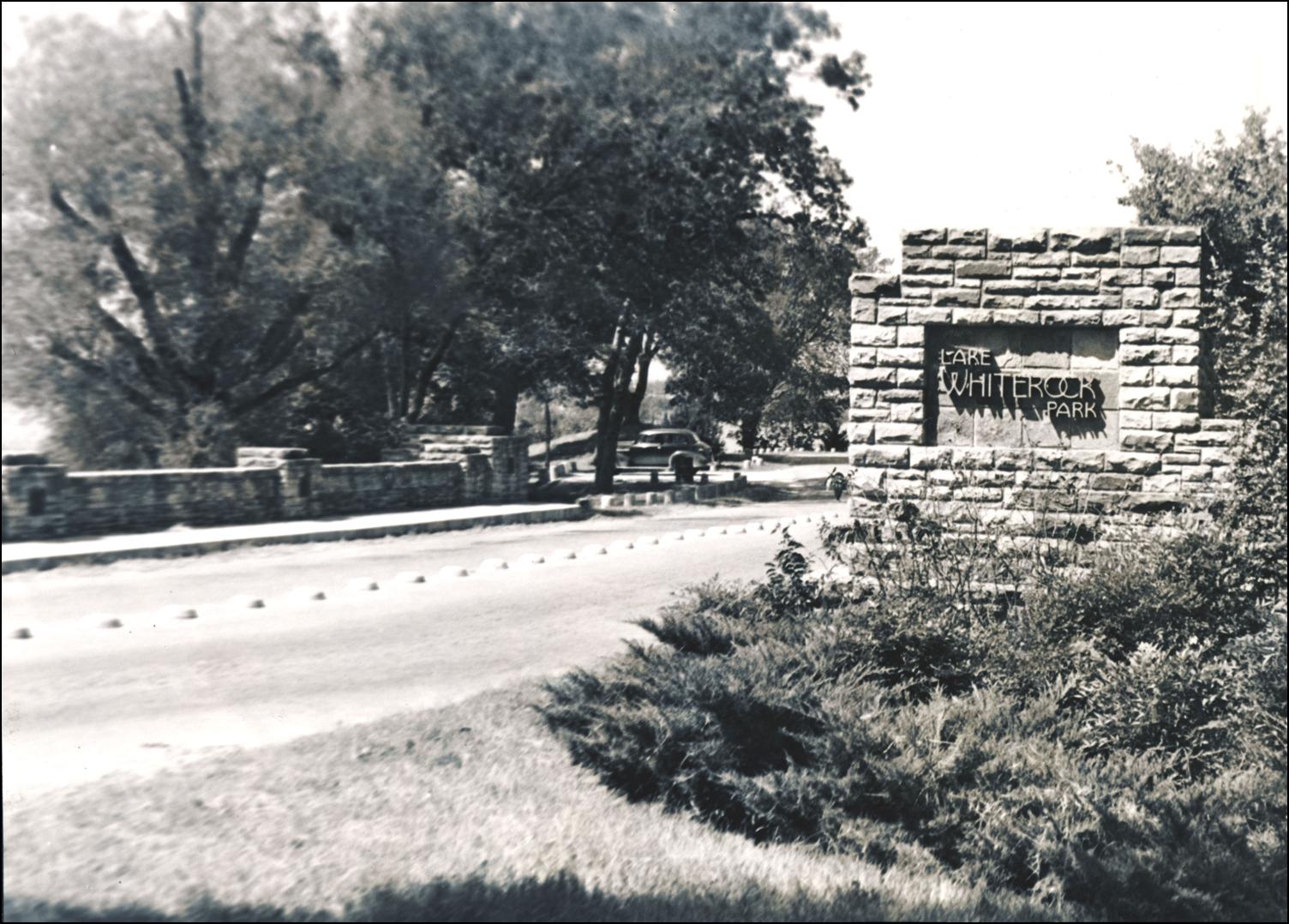
New Deal Dallas

This gallery of images is just a sampling of the many different projects funded by Federal work relief programs.


 |
Dealey PlazaDealey Plaza is a 3.07 acre park in downtown Dallas, Texas, known both as the site of the founding of Dallas in 1841 and also the site of the assassination of President John F. Kennedy on November 22, 1963. In 1841 frontiersman John Neeley Bryan built a log cabin on the site, on a bluff overlooking the Trinity River. The bluff was later altered in 1928 through subsequent landscaping and flood control improvements of the Trinity River by the United States Army Corps of Engineers and other entities. The area was further developed as "The Front Door of Dallas" between 1935-1942 as a vehicular park and a triple underpass constructed in part by workers from the Works Progress Administration and the National Youth Administration. Until the development of Dallas' highway system, Dealey Plaza served as the major gateway to the city from the west. In 1993 the United States Department of the Interior designated Dealey Plaza a National Historic Landmark District. Left: Kansas City, Mo. firm Hare and Hare's landscaping plan for Dealey Plaza, 1940. Park and Recreation Department Plans and Drawings Collection |
Lake Cliff ParkAcquired by the City of Dallas in 1914, this Oak Cliff park encompasses 44 acres
and a large lake overlooking the skyline of downtown Dallas. WPA sponsored work included construction of a roque
court, retaining wall, paving along Colorado Bouleveard, picnic units,
a bridge, and extensive landscaping. Perhaps the most visible WPA
features are the shelters and the Rose Garden, constructed 1940-1943. |
|
 |
WPA Mural - Municipal Building
|
Juanita Craft ParkJuanita Jewel
Craft Park was originally called Wahoo Park and was
purchased by the City of Dallas in1924. A WPA community building,
retaing wall, landscaping, planting, walks and other improvements were
executed 1936-38. The park was renamed for civil rights activist, civic
leader, and Dallas City Council member Craft in 1974. Other facilities
bearing her name include the recreation center at the park and a U.S.
Post Office in southeast Dallas. Her home, the Juanita J.
Craft Civil Rights House, is a City of Dallas owned museum and part of
Dallas' Wheatley Place
Historic District. |
|
 hlands hlands |
White Rock Lake and the CCCCivilian Conservation Corps Camp 2896 resided at White Rock Lake from 1935 to1942. During that period the CCC created, landscaped, or improved Doran's Point Overlook and Doran's Circle; Flag Pole Hill shelter house & comfort station; Winfrey Point Building; the Big Thicket Inn; Sunset Inn; a retaining wall inside the lake; the Lily Pond; and the Doran Combination Bldg. Left: White Rock Lake CCC gateway {Garland Road], 1938. |
A CCC Camp in DallasThe Civilian Conservation Corps (CCC) provided wages and trained young men in building trades and other skills through public improvement projects. It was administered jointly by the Army and select Federal agencies, such as the National Park Service. On July 10, 1935, Army Captain Tom B. Martin began supervising construction of facilities near this site for a local camp. Designated SP-55-TX, it began with several frame buildings, including barracks, a mess hall, a blacksmith shop, and a combination woodworking, repair and storage facility. About 200 recruits from Collin and Dallas counties soon arrived to begin their work, which included improvements to the lake, planting more than 1,500 trees, and the construction of trails, picnic grounds, shelters, latrines and a lily pond at the park. Over a seven-year period, approximately 3,000 youths were assigned to the camp. In February 1942, after the U.S. entered World War II, the site transferred to the Army, which used it for induction and training. In 1944-45, the U.S. held approximately 300 German prisoners of war here. Later, Southern Methodist University used the site for student housing, but the buildings were soon sold or demolished. Right: View of CCC Camp 2896, Dallas, Texas. |
|
|
|
Stevens ParkStevens Park and golf course (purchased 1924) was revitalized in the 1930s through a WPA-built stone shelter and a comfort station, as well as a caddyhouse, tee shelters, bridges, picnic areas, paving, retaining walls, stone steps, and a drinking fountain. Some of the work was done by young adults through the National Youth Administration, headed by rising political star Lyndon Johnson. Left: National Youth Administration illustrated report of
Texas projects, 1939.The Stevens Park bridge is on the second page at
the top. |